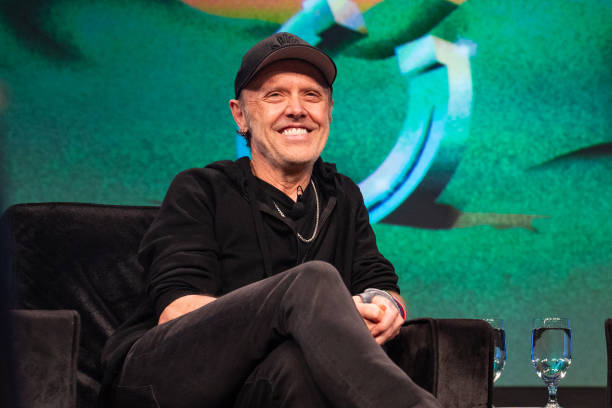Time has a way of reshaping perspectives, turning moments of struggle into defining chapters. When Some Kind of Monster was released in 2004, it was initially seen as an intimate look at the inner workings of Metallica during the making of St. Anger. But as the years passed, the film took on a meaning far beyond its original intent says Lars Ulrich. It wasn’t just about a band—it was about humanity, resilience, and the complexities of mental health, a subject that would come to define a larger cultural conversation in the decades that followed.

Lars Ulrich, reflecting on the documentary years later, acknowledges how it became an unexpected cornerstone in discussions around emotional vulnerability. What started as an attempt to document a new album ended up capturing Metallica at its most fragile—a band on the brink of implosion, navigating grief, frustration, and creative discord. It was an unfiltered look at a group of musicians, revered as legends, confronting their limitations and personal demons in front of the world.
The film lays bare the tensions simmering beneath the surface. Jason Newsted’s departure left a void, creative disagreements escalated into battles of ego, and the weight of decades spent together threatened to shatter the foundation of one of the greatest rock bands of all time. Then came the introduction of Phil Towle, a performance coach tasked with guiding Metallica through their crisis. His presence was met with skepticism, yet his role in the documentary was pivotal—it forced the band members to articulate their emotions, an act often alien in the world of metal, where raw aggression is the language of choice.
Over time, Some Kind of Monster evolved into something beyond a mere chronicle of a band in distress. It became a case study in reconciliation, communication, and the necessity of facing one’s own struggles head-on. Metallica was no longer just a machine churning out anthems of defiance and rage; they were people—flawed, uncertain, and learning to rebuild.
Lars Ulrich recognizes that what once felt like an invasion of their darkest moments has become an essential part of their legacy. The documentary has found an audience far beyond the realm of metal fans, with individuals in the mental health community viewing it as a testament to the power of therapy and self-reflection. It shattered the illusion of invincibility often associated with rock stars and instead replaced it with something far more meaningful—authenticity.
Two decades later, Metallica stands stronger, having weathered storms few bands could survive. The rawness of Some Kind of Monster remains a landmark moment not just in their history, but in the cultural shift that followed. It was a reminder that even giants must learn to bend before they break—and that in their willingness to show the cracks, they became even more monumental.
